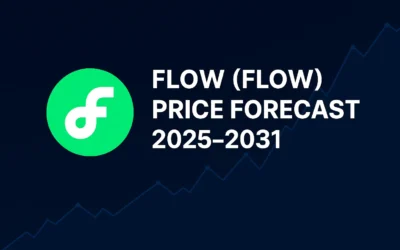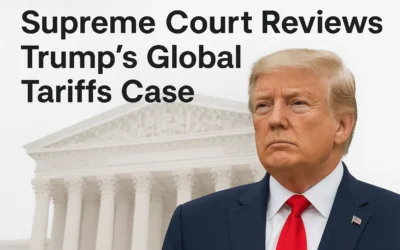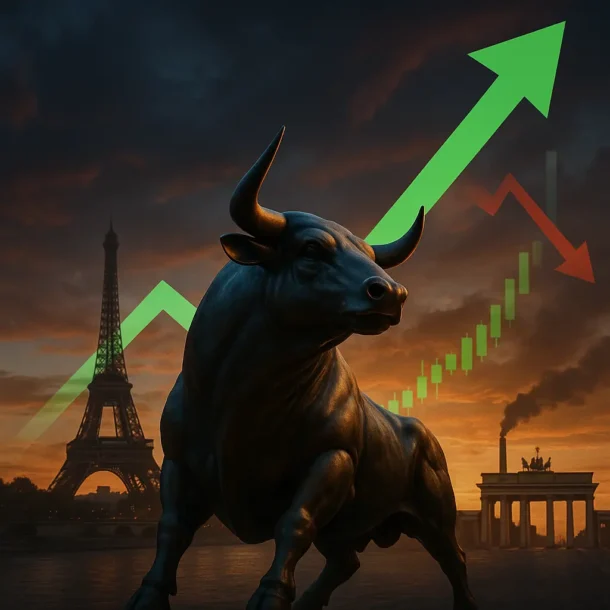The recent ceasefire agreement between Iran and Israel has sent shockwaves through the global energy markets. Oil prices, which have been volatile due to geopolitical tensions in the region, experienced a notable decline following the announcement. But what does this mean for global oil prices, and why are they falling after such a significant geopolitical development? Let’s dive into the dynamics at play.
Understanding the Iran-Israel Ceasefire Agreement
The Iran-Israel ceasefire marks a significant step toward diplomatic resolution between two nations that have had a long history of conflict. The ceasefire agreement aims to ease hostilities and, in turn, stabilize the broader Middle Eastern geopolitical landscape.
This move has several implications for the region, especially in terms of oil production and global energy security. The Middle East is home to some of the largest oil producers, and any shifts in diplomatic relations between Iran and Israel can have a ripple effect on the oil market. While a ceasefire typically signals de-escalation, it also influences investor sentiment and market expectations about supply and demand.
Impact on Oil Prices: Why Are They Falling?
In the days following the announcement of the ceasefire, oil prices fell sharply, surprising many investors and analysts who had expected the geopolitical tension in the Middle East to push prices higher. Here are the main reasons behind the decline in oil prices:
Reduced Geopolitical Risk and Tension
One of the primary factors that drive oil prices is geopolitical risk. Historically, military conflict in the Middle East, particularly between Iran and Israel, has led to concerns about disruptions in oil supply routes, driving oil prices up. Tensions in the region can lead to supply disruptions due to fears of attacks on key shipping routes or oil production facilities.
With the Iran-Israel ceasefire, the immediate risk of armed conflict and its associated disruptions has been reduced. Investors, therefore, anticipate a more stable environment for oil production and transport. This reduced risk has led to a decrease in oil prices as investors adjust their expectations.
Increased Supply Expectations
The ceasefire could also result in higher supply levels from Iran, which has been under sanctions for years. Iran’s oil production has been constrained by these sanctions, but a diplomatic easing in tensions could lead to a gradual lifting of sanctions. With Iran being one of the world’s largest oil producers, an increase in its output could flood the market with more oil, putting downward pressure on prices.
Additionally, other countries in the region might feel more secure in their production capabilities, increasing the overall global oil supply. This added supply, in turn, reduces the pressure on oil prices, causing them to fall.
Market Sentiment and Speculation
Oil prices are heavily influenced by market sentiment and speculation. Traders and investors closely watch geopolitical events like the Iran-Israel ceasefire. When tensions ease, the fear premium that had been driving oil prices higher begins to dissipate. This leads to a sharp pullback in oil prices as traders sell off positions that had been inflated by fears of conflict.
Moreover, traders often react swiftly to news and announcements, buying and selling based on short-term market conditions. In this case, the announcement of the ceasefire likely led to profit-taking by traders who had bet on higher oil prices due to the geopolitical risks in the region.
Global Demand Concerns
While the ceasefire between Iran and Israel might ease supply-side concerns, the global demand for oil remains uncertain. Factors such as COVID-19, global economic recovery, and inflationary pressures in major economies play a large role in shaping oil demand.
In recent months, concerns about global economic growth have risen, with fears of a slowdown in China and higher energy costs affecting demand forecasts. If global demand for oil continues to struggle, the market could experience oversupply, further contributing to the decline in prices.
What Does This Mean for Investors?
For investors, the fall in oil prices after the Iran-Israel ceasefire offers both opportunities and risks.
Opportunities in Lower Prices
With prices falling, this could present an opportunity for long-term investors to enter the market at more attractive levels. Oil-dependent companies and energy ETFs may see reduced stock prices, creating potential buying opportunities for those looking to capitalize on the future recovery of oil prices.
Additionally, countries with significant oil reserves may look to increase their production in response to more favorable market conditions. Investors in the energy sector may want to monitor developments closely.
Risks of Continued Volatility
While the ceasefire has eased some geopolitical risks, the situation remains fluid. The Middle East continues to be a region of high instability, and tensions between Iran, Israel, and other neighboring nations could quickly escalate. If tensions reignite, oil prices could spike again, leading to more market volatility.
Furthermore, the market is still adjusting to the economic effects of the pandemic and rising inflation. These macroeconomic factors could continue to affect oil demand, contributing to price fluctuations in the coming months.
Conclusion
The Iran-Israel ceasefire has led to a sharp decline in oil prices due to a reduction in geopolitical risk, the potential for increased supply, and market speculation. While the market has reacted positively to the ceasefire in terms of stability, oil prices remain vulnerable to shifting global economic and geopolitical conditions.
For investors, the drop in oil prices may present both opportunities and risks. Understanding the broader economic context, the potential for geopolitical instability, and global oil demand trends is key to navigating these market changes.
As always, it is crucial to stay informed and adjust your investment strategy based on the evolving global situation.
Did you find this article insightful? Subscribe to the Bullish Stock Alerts newsletter so you never miss an update and gain access to exclusive stock market insights: https://bullishstockalerts.com/#newsletter
Avez-vous trouvé cet article utile ? Abonnez-vous à la newsletter de Bullish Stock Alerts pour recevoir toutes nos analyses exclusives sur les marchés boursiers : https://bullishstockalerts.com/#newsletter








0 Comments